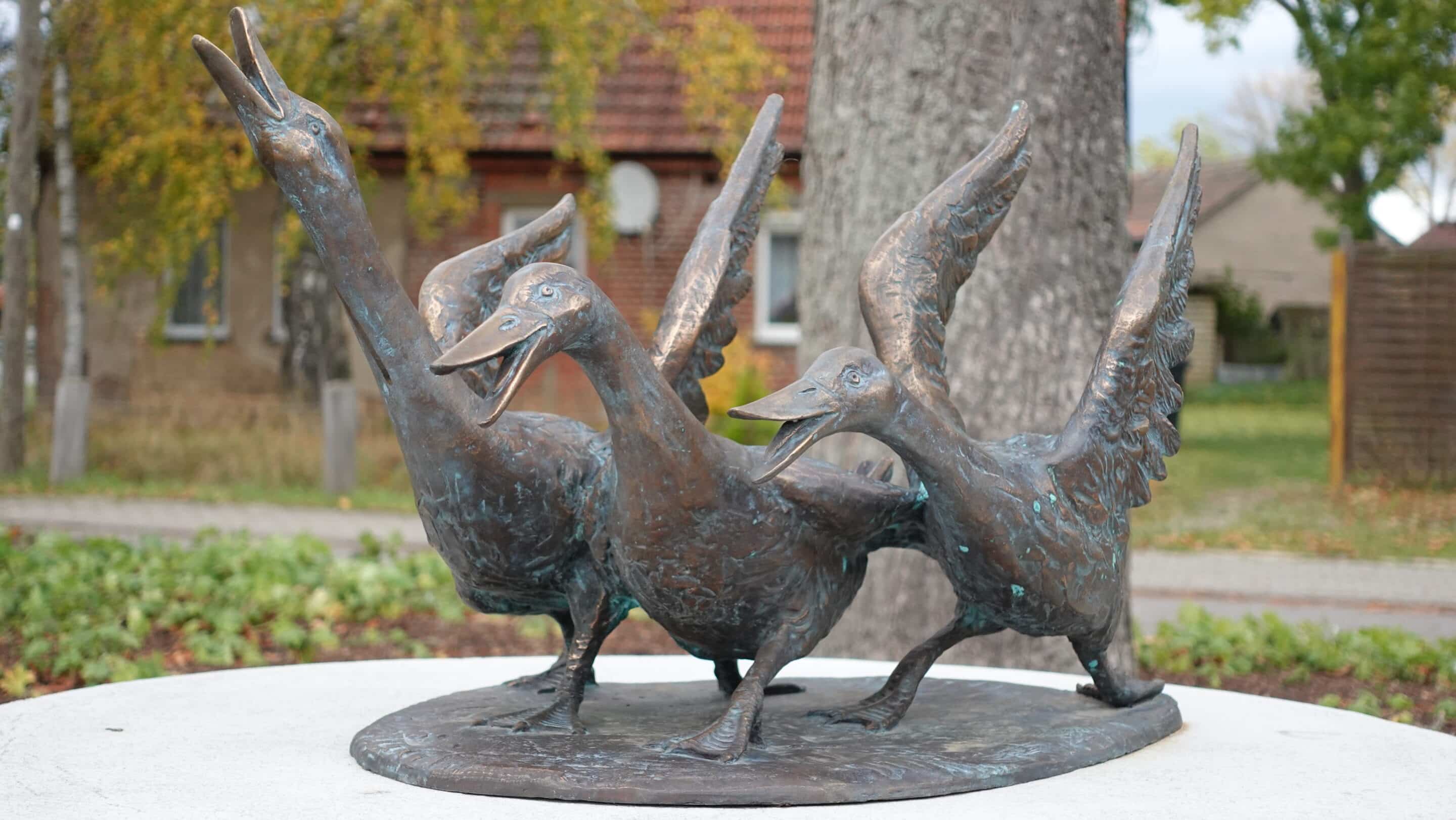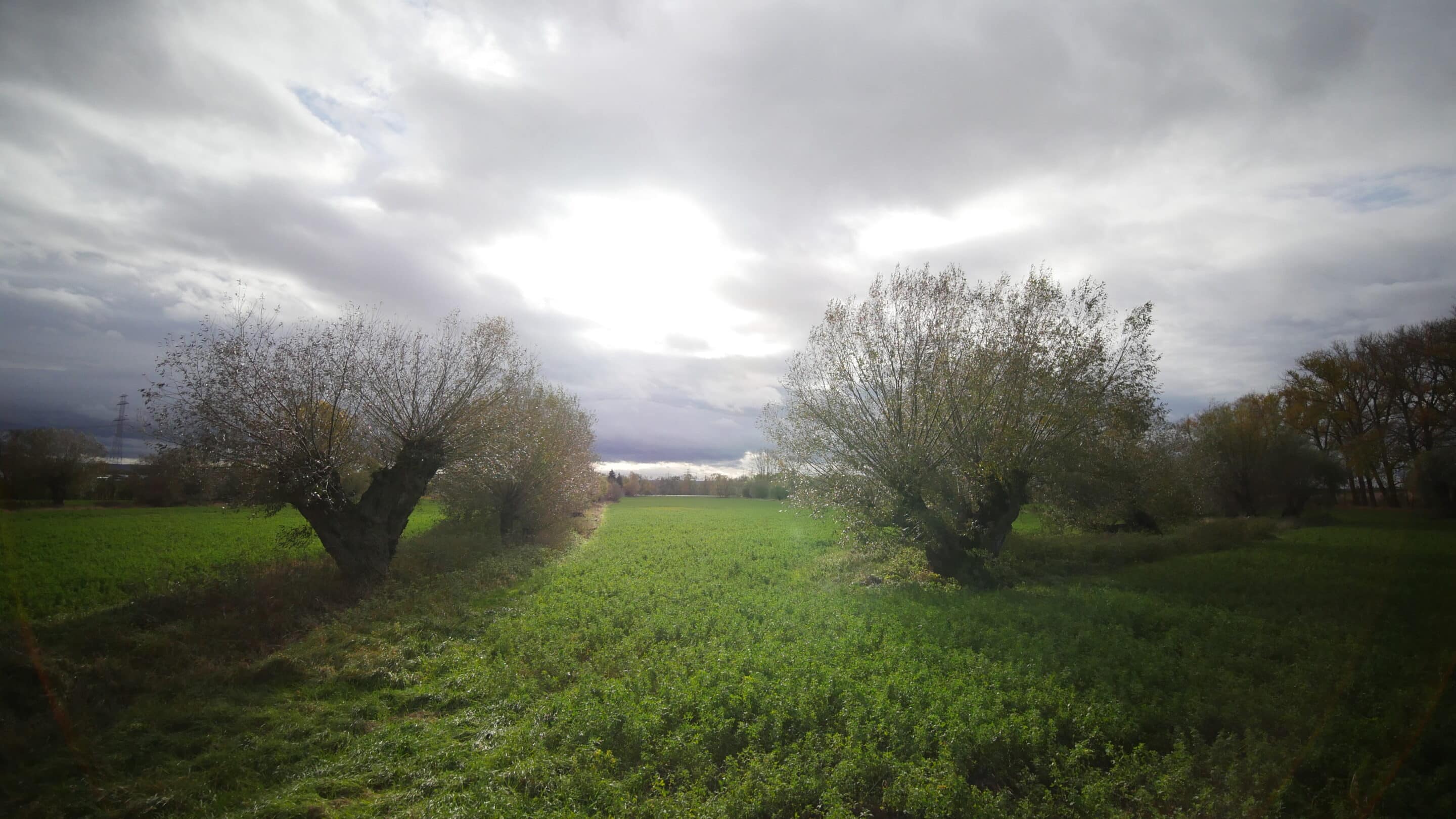Wallichen
A small district with a special charmThe smallest district of Erfurt
Wallichen, the smallest district of the Thuringian state capital Erfurt, may seem inconspicuous at first glance, but the place has its own charm. It is located in the eastern part of the city, about 10 kilometers from Cathedral Square, and is surrounded by idyllic landscapes. Wallichen impresses with its quiet location away from through traffic and offers visitors a pleasant atmosphere to relax and enjoy.

The geography of Wallichen
Wallichen is located at the confluence of the Vieselbach and the Gramme in the Thuringian Basin, around 200 meters above sea level. The village is located east of Erfurt city center and borders on the neighboring villages of Großmölsen, Kleinmölsen, Niederzimmern and Töttleben.
- 169 inhabitants
- First mentioned in 1143
- Since 1994 a district of Erfurt
- lies east of Erfurt
The story of Wallichen
The history of Wallichen goes back a long way. The place was first mentioned in a Mainz document as early as 1143. In the 13th century there was already a manor and a chapel in Wallichen. Over the centuries, various monasteries, including the Schulpforte monastery and the Bürgel monastery, owned property in the town. With the Reformation these were abolished and Wallichen became part of the Electorate of Saxony in 1531.
During the Thirty Years' War Wallichen was severely devastated, but the lieutenant colonel and manor owner Johann Beyer rebuilt the estate and the church. In the centuries that followed, Wallichen had a number of important landowners and pastors, including the Lochmann family, whose hereditary burial can still be found in the churchyard today.
Over time, Wallichen's affiliation changed several times. After inheritance divisions, the place belonged to Saxony-Weimar-Eisenach before finally becoming part of the newly founded Free State of Thuringia in 1920. During World War II, Wallichen suffered severe bomb damage and was occupied by US troops and later by the Red Army. In 1974 Wallichen was incorporated into the neighboring municipality of Vieselbach and in 1994 it finally became part of the state capital Erfurt.
Wallichen today: A preferred residential village
Today Wallichen is best known as a preferred residential village. The quiet location away from through traffic makes the place an attractive place to live for families and nature lovers. The population of Wallichen is around 169 people (as of 2022).
Sights and activities in Wallichen
Although Wallichen is a small town, there are still some worthwhile places and activities for visitors to explore. One of the highlights is the village church, which is often open and invites you to visit. Services take place here regularly and the church offers a place of peace and reflection.
The Ecumenical St. James pilgrimage route Görlitz-Vacha runs through Wallichen. Pilgrims and hikers on the 470 kilometer long pilgrimage path can take a break here and enjoy the beautiful surroundings. For cyclists, Wallichen is a popular stopover on the cycle path from Erfurt to Weimar, which is part of the “Thuringian City Chain” long-distance cycle route.
In addition, Wallichen's agricultural surroundings are ideal for walks and bike rides. The rural atmosphere offers a welcome change from hectic city life.
Infrastructure and transport connections
Wallichen is connected to the neighboring district of Vieselbach via a road. The next train station on the Thuringian Railway from Erfurt to Weimar is also located there. City bus line 43 goes to Wallichen.

The village church of Wallichen.

